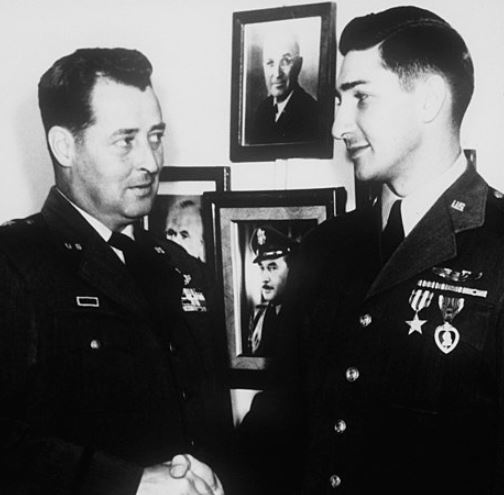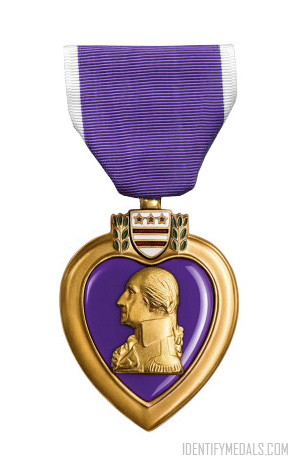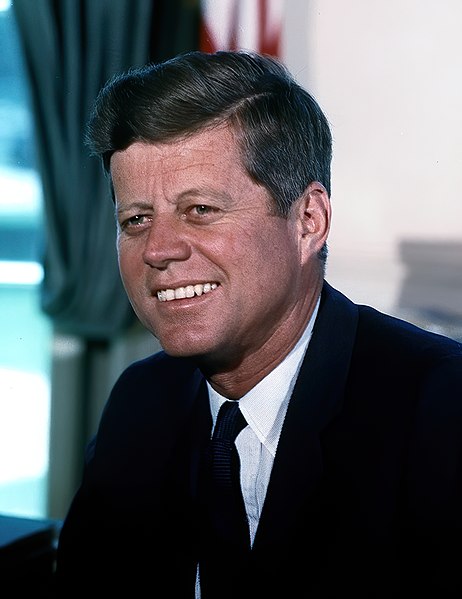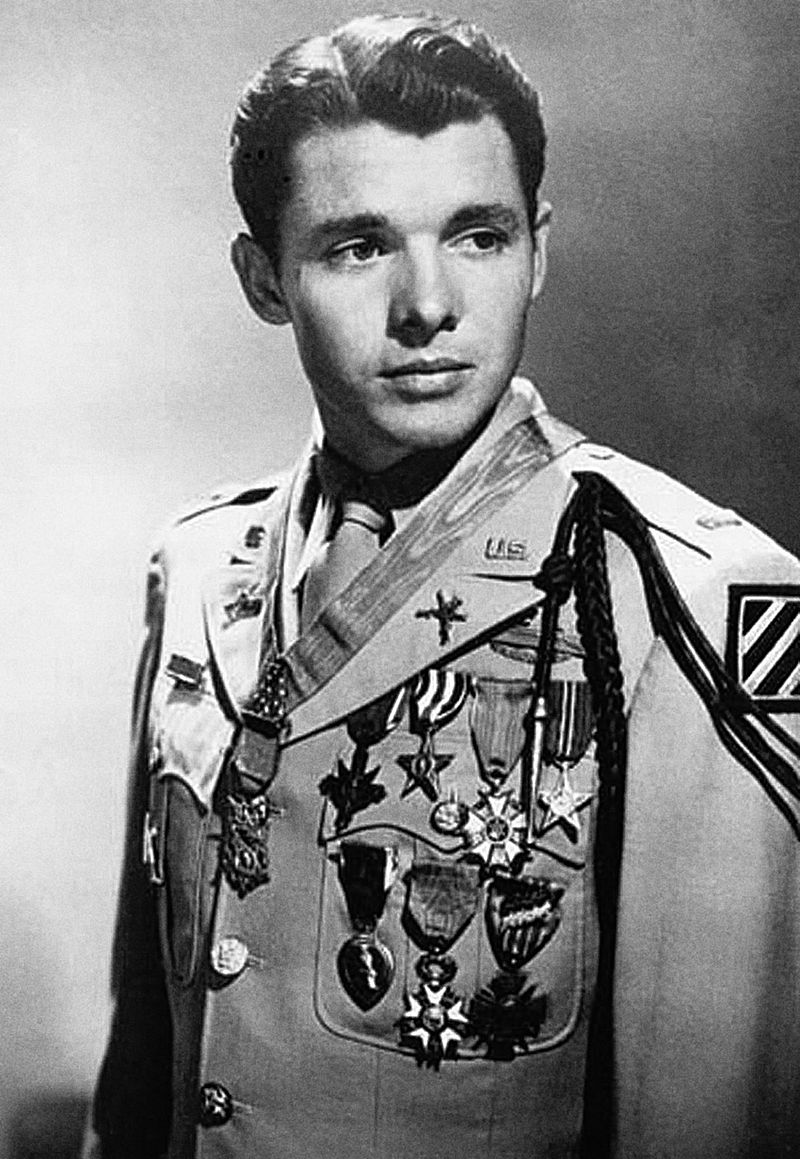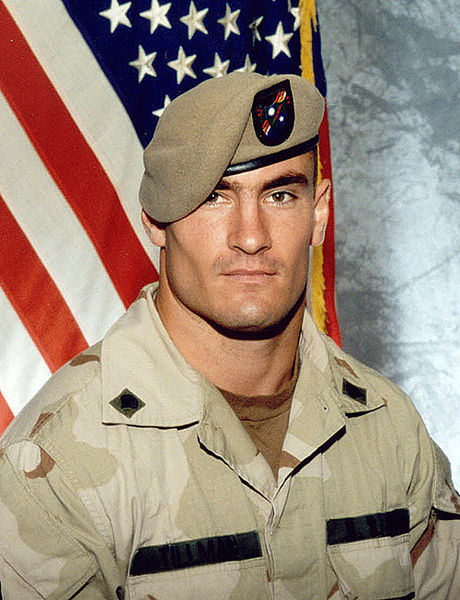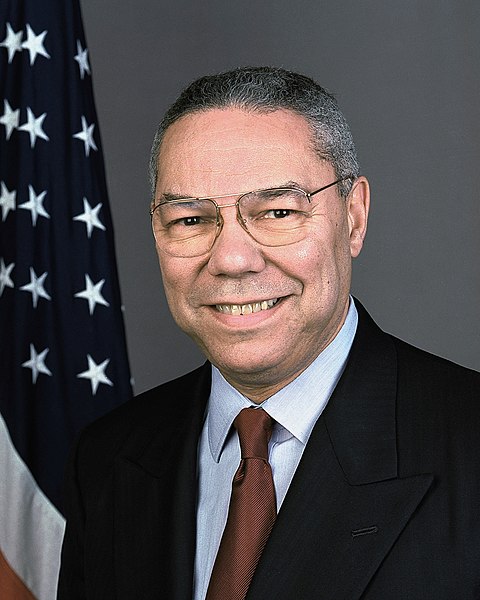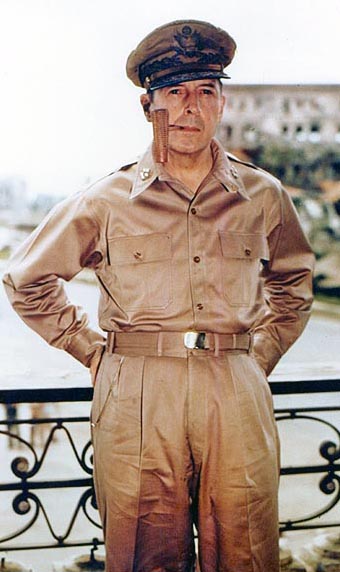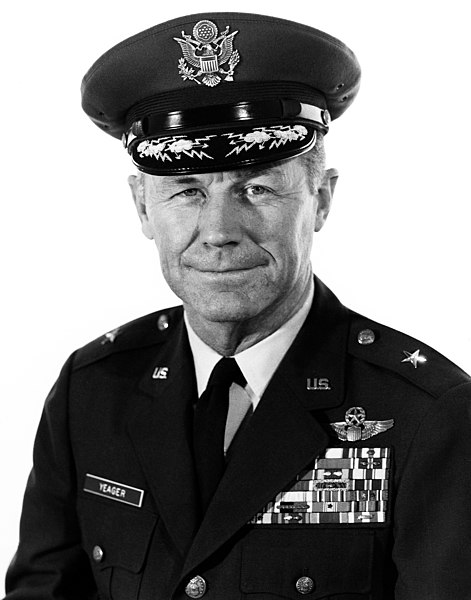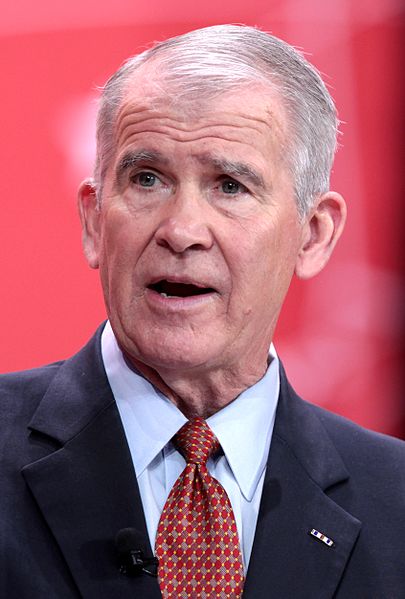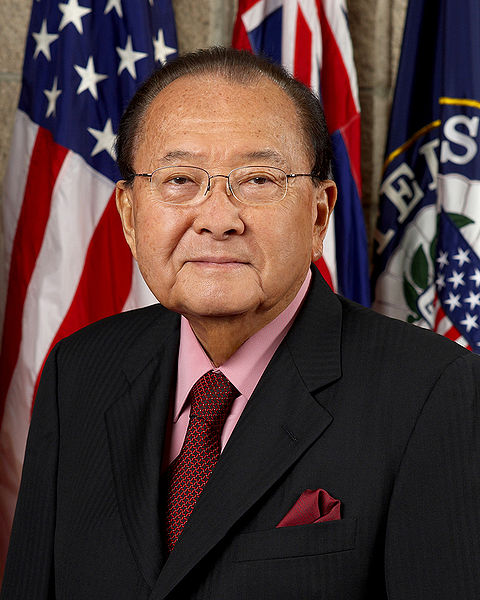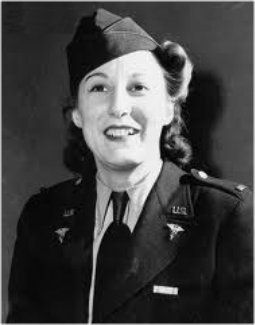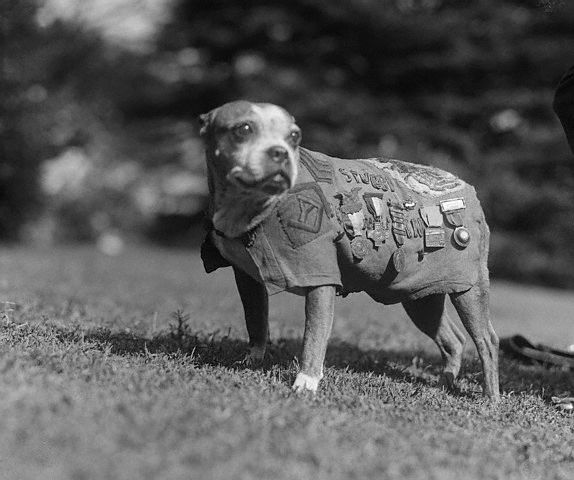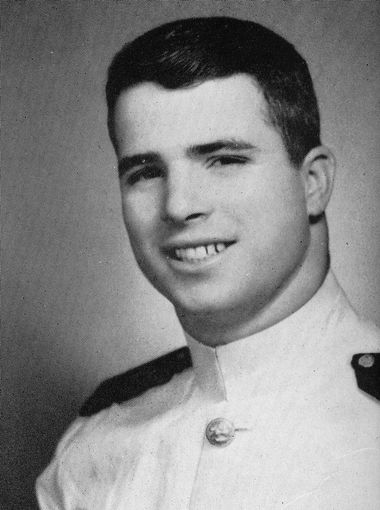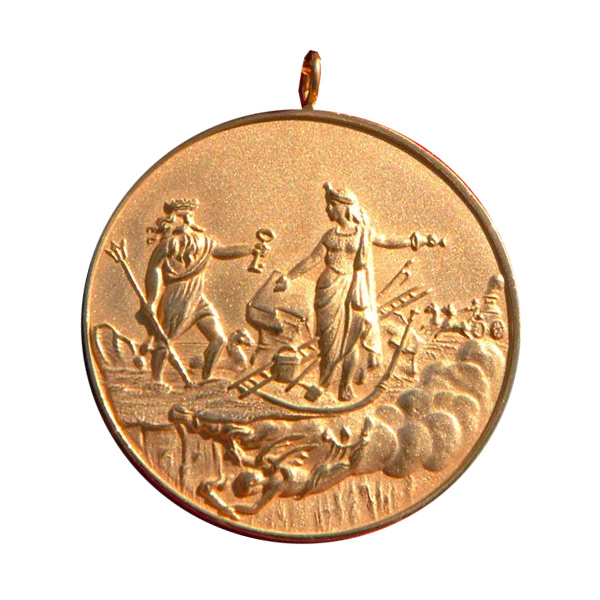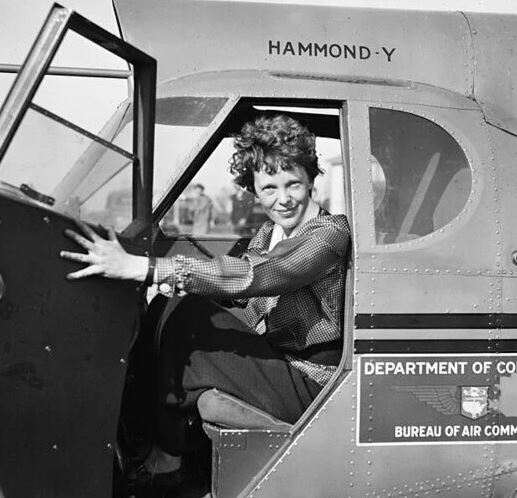Learn about ten American people awarded a Purple Heart for being wounded or killed as a result of enemy action while serving in the United States Armed Forces. Explore stories from World War I, World War II, the Vietnam War, and more. See pictures and find out about medals, too.
What is the Purple Heart?
The Purple Heart medal is a United States military decoration awarded to members of the U.S. Armed Forces who have been wounded or killed in combat.
The medal was first created by General George Washington in 1782 and was known as the “Badge of Military Merit.” It was revived in 1932 on the 200th anniversary of Washington’s birth and was renamed the Purple Heart.
The Purple Heart is awarded to military personnel who have been injured or killed as a result of enemy action while serving in the U.S. Armed Forces. It is also awarded to those who have been injured or killed as a result of friendly fire or while a prisoner of war.
The Purple Heart is a heart-shaped medal made of purple enamel and bronze. It features a bust of George Washington and is suspended from a purple ribbon. Recipients of the Purple Heart also receive a citation signed by the President of the United States. Theis is a highly respected and prestigious award and a symbol of sacrifice and heroism in service to the country.
Ten Purple Heart Stories
The Purple Heart is one of the most esteemed military awards of the United States. Over the years, countless American servicemen and women have received this prestigious medal for their heroic actions in combat.
From World War II to the ongoing conflicts in the Middle East, the Purple Heart has been awarded to those who have made the ultimate sacrifice in the service of their country.
Here are ten Americans who have received the Purple Heart for their bravery and sacrifice on behalf of the United States.
John F. Kennedy
The former U.S. President received the Purple Heart for injuries sustained during World War II.
John F. Kennedy received the Purple Heart medal for injuries he sustained while serving as a naval officer during World War II.
In August 1943, Kennedy was serving as the commander of a patrol torpedo boat in the Solomon Islands when his boat was struck by a Japanese destroyer. The collision caused an explosion that threw Kennedy and several other crew members into the water. Kennedy suffered injuries to his back, and he was later rescued by a U.S. Navy destroyer.
After recovering from his injuries, Kennedy was transferred to other duties and eventually returned to the United States. He received the Purple Heart medal for his injuries in 1944, along with other decorations for his service.
Audie Murphy
The most decorated American soldier of World War II, he received the Purple Heart for injuries sustained in combat.
Audie Murphy, one of the most decorated American soldiers of World War II, received the Purple Heart medal for injuries he sustained during combat in Italy. In 1943, Murphy was serving as a rifleman with the 3rd Infantry Division in Italy when he was wounded in action. He was hit by a German sniper’s bullet and suffered a leg injury.
Despite his injury, Murphy continued to fight and went on to earn numerous other decorations for his service, including the Medal of Honor, which is the highest military award in the United States. After the war, Murphy went on to become a successful actor and wrote a memoir about his wartime experiences. The Purple Heart is awarded to members of the U.S. Armed Forces who have been wounded or killed in combat, and is one of the most esteemed military decorations of the United States.
Tammy Duckworth
U.S. Senator and former Army helicopter pilot lost both legs in combat during the Iraq War.
Tammy Duckworth is a former Army helicopter pilot who received the Purple Heart medal for injuries she sustained while serving in combat during the Iraq War. In 2004, while flying a mission over Iraq, Duckworth’s helicopter was hit by a rocket-propelled grenade. The explosion caused severe damage to the aircraft and resulted in Duckworth losing both of her legs and partial use of her right arm.
Despite her injuries, Duckworth continued to serve in the Army and eventually retired as a Lieutenant Colonel. She later went on to serve as the Director of the Illinois Department of Veterans Affairs and was elected to the U.S. House of Representatives and the U.S. Senate.
Pat Tillman
The former NFL player joined the Army after 9/11 and was killed in action in Afghanistan.
Pat Tillman received the Purple Heart medal posthumously for injuries he sustained while serving in combat in Afghanistan. Tillman was a former NFL player who joined the U.S. Army in 2002 after the 9/11 terrorist attacks. He served with the 75th Ranger Regiment and was deployed to Iraq and Afghanistan.
In April 2004, Tillman was killed in action during a firefight in Afghanistan. He was initially believed to have been killed by enemy fire, but it was later revealed that he had been killed by friendly fire. Tillman was posthumously awarded the Purple Heart medal for injuries he sustained during the firefight.
Colin Powell
The former U.S. Secretary of State and retired four-star general received the Purple Heart for injuries sustained during the Vietnam War.
General Colin Powell received the Purple Heart medal for injuries he sustained during his service in the Vietnam War. In 1963, Powell was serving as a Lieutenant in the U.S. Army and was deployed to Vietnam. He was assigned to the 23rd Infantry Division and was serving as an advisor to the South Vietnamese Army.
During a helicopter crash in 1963, Powell suffered a broken ankle and was awarded the Purple Heart for his injuries. Powell went on to have a long and distinguished military career, eventually rising to the rank of four-star General and serving as Chairman of the Joint Chiefs of Staff. He later served as Secretary of State under President George W. Bush.
Douglas MacArthur
The five-star general received the Purple Heart for injuries sustained during World War I.
General Douglas MacArthur received the Purple Heart medal for injuries he sustained during his service in World War II. MacArthur was serving as the commander of the United States Army Forces in the Far East (USAFFE) when Japan launched a surprise attack on the Philippines in December 1941.
During the defense of the Philippines, MacArthur suffered a shrapnel wound to his cheek from a Japanese bombing raid. He was subsequently awarded the Purple Heart for his injuries. MacArthur went on to lead Allied forces in the Pacific Theater and played a significant role in the eventual Allied victory over Japan.
Chuck Yeager
The retired Air Force Brigadier General and test pilot received the Purple Heart for injuries sustained during World War II.
General Chuck Yeager, a renowned pilot and test pilot, did not receive the Purple Heart medal. The Purple Heart is awarded to members of the U.S. Armed Forces who have been wounded or killed in combat. While Yeager served in the military and flew numerous combat missions during World War II, he did not receive any combat-related injuries that would qualify him for the Purple Heart.
However, Yeager did receive numerous other military awards and decorations for his service, including the Distinguished Service Medal, the Silver Star, and the Legion of Merit.
Oliver North
The retired Marine Corps Lieutenant Colonel received the Purple Heart for injuries sustained during the Vietnam War.
Oliver North, a retired U.S. Marine Corps Lieutenant Colonel, received the Purple Heart medal for injuries he sustained during his service in the Vietnam War. In 1968, North was serving as a Platoon Commander in the 3rd Battalion, 4th Marines, when he was seriously injured by shrapnel during an enemy mortar attack.
North was evacuated to a military hospital for treatment and was subsequently awarded the Purple Heart for his injuries. North went on to have a long and controversial career in the military and politics, serving as a National Security Council staff member during the Reagan administration and becoming embroiled in the Iran-Contra scandal. The Purple Heart is awarded to members of the U.S. Armed Forces who have been wounded or killed in combat, and is one of the most esteemed military decorations of the United States.
Daniel Inouye
The former U.S. Senator and World War II veteran received the Purple Heart for injuries sustained during combat in Italy.
Senator Daniel Inouye received the Purple Heart medal for injuries he sustained while serving in the U.S. Army during World War II. In 1945, Inouye was serving as a platoon leader with the 442nd Regimental Combat Team, a unit made up entirely of Japanese American soldiers.
During a battle in Italy, Inouye was shot in the stomach and had to crawl to a machine gun nest to continue fighting. He was then hit by a grenade that destroyed his right arm. Despite his severe injuries, Inouye continued to fight and led his platoon to victory.
Inouye was evacuated to a military hospital for treatment and was subsequently awarded the Purple Heart for his injuries. He later received numerous other military honors, including the Distinguished Service Cross, the Bronze Star, and the Medal of Honor.
Cordelia E. Cook
The combat nurse in the U.S. Army Nurse Corps was the first woman in the army to receive both the Bronze Star Medal and the Purple Heart.
Cordelia E. Cook was a member of the U.S. Army Nurse Corps and was serving in the Philippines when Japanese forces attacked her field hospital. She was the first woman to receive the Purple Heart medal, which she received for injuries she sustained during a World War II bombing raid.
During the attack, Cook was hit by shrapnel and suffered severe injuries to her hands and legs. Despite her injuries, she continued to treat wounded soldiers until the attack was over.
Cook was evacuated to a military hospital for treatment and was subsequently awarded the Purple Heart for her injuries. She went on to receive numerous other military honors for her service, including the Asiatic-Pacific Campaign Medal and the World War II Victory Medal.

